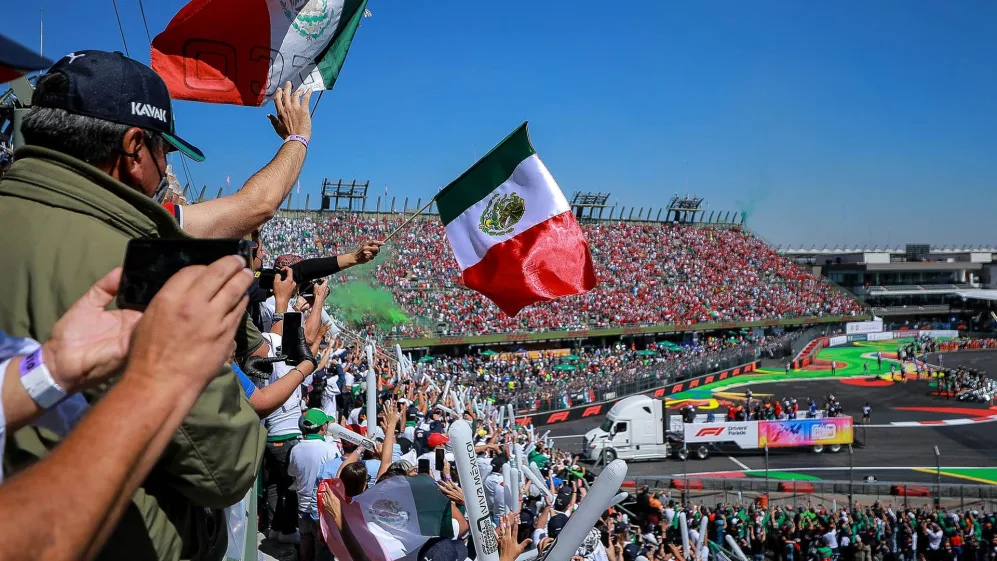The Mexican Grand Prix is one of the most thrilling and challenging races on the Formula 1 calendar, thanks to its unique circuit layout and high-altitude location. The Autódromo Hermanos Rodríguez is a 4.304 km (2.674 mi) track that features 17 turns, a long straight, and a stadium section that creates an incredible atmosphere for the drivers and fans.
The most distinctive feature of the circuit is the Foro Sol, a former baseball stadium that now hosts the final complex of corners and the podium ceremony. The drivers enter the stadium at high speed through Turn 12, before slowing down for a series of tight bends that test their traction and balance.
The fans in the grandstands create a deafening roar as they cheer on their heroes, especially the local favorite Sergio Pérez. The Foro Sol also replaced the original Peraltada, a fearsome banked curve that was considered too dangerous for F1 cars.
Index To Article on the Mexican Grand Prix 2023
- When Is the Mexican Grand Prix?
- The History of the Mexican Grand Prix
- Which F1 Teams Will be in The Mexican Grand Prix?
- Mexican Grand Prix Layout
- Where To Watch the Mexican Grand Prix
- Mexican Grand Prix Entrance Tickets
- How To Get to the Mexican Grand Prix
- Accommodation Options
- Other Activities to Enjoy
Mexican Grand Prix 2023 Dates – When Is the Mexican GP?
The 2023 Mexican Grand Prix is being run between the 27th and 28th of October 2023.
| 29th October |
| Race |
| 14:00 |
| 28th October |
| Qualifying |
| 15:00 – 16:00 |
| 28th October |
| Practice 3 |
| 11:30 – 12:30 |
| 27th October |
| Practice 2 |
| 16:00 – 17:30 |
| 27th October |
| Practice 1 |
| 12:30 – 13:30 |
The History of the Mexican Grand Prix
The Mexican Grand Prix is one of the most exciting and historic races in the F1 calendar. It has a rich history that spans over six decades. They started as a non-championship event in 1962 to its current status as a popular and challenging race.
It is held at the Autódromo Hermanos Rodríguez in Mexico City.
Magdalena Mixhuca circuit
The first Mexican Grand Prix was held in 1962 at the Magdalena Mixhuca circuit This was the first international racetrack in Mexico.
The Mexican capital is similar to Monza in Italy. The race attracted a strong grid of star drivers from Europe and the USA which included.
- Jim Clark
- Dan Gurney
- Jack Brabham
- Phil Hill
- Stirling Moss.
Clark won the first event. He took over the car of his teammate Trevor Taylor after being black-flagged for receiving a push-start at a confused race start.
Tragedy occurred when the young Mexican star Ricardo Rodríguez died in practice in a Lotus 24. He was turning through the Peraltada corner, a long, 180-degree, lightly banked and fast turn that finished the lap.
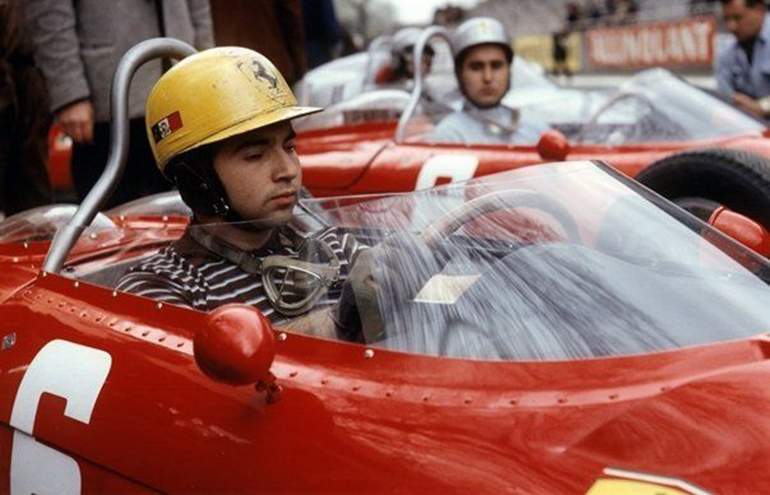
Autódromo Hermanos Rodríguez
The circuit was renamed in honor of Ricardo and his brother Pedro, who also died in a racing accident in 1971, as the Autódromo Hermanos Rodríguez.
The Mexican Grand Prix became part of the F1 World Championship in 1963, with Clark winning again and equaling Juan Manuel Fangio’s record of most victories in a single season.
The race was always held as the season finale and witnessed some dramatic battles for both the drivers’ and constructors’ championships. In 1964, John Surtees won the title by one point.
His Ferrari teammate Lorenzo Bandini let him through to finish second behind Gurney. In 1968, Graham Hill clinched his second championship after his rival Jackie Stewart retired with engine failure.
Historic Moments at the Mexican Grand Prix
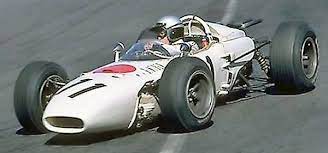
The race also saw some historic moments for F1, such as the following.
- The first win for Honda in 1965 with Richie Ginther
- The first win for Cooper-Maserati in 1966 with Surtees
- The first win for Lotus-Ford Cosworth in 1967 with Clark.
The race has unique challenges.
- It runs at a high altitude that reduces engine power and aerodynamic grip.
- The bumpy surface tests the suspension and tires.
- The passionate and rowdy crowds that sometimes invade the track.
The Mexican Grand Prix was dropped from the F1 calendar after 1970 due to safety concerns and political unrest.
It returned in 1986 at a revamped Autódromo Hermanos Rodríguez, which featured
- New pit facilities
- Grandstands
- Larger run-off areas.
The race was moved to an earlier date in the season, usually in May or June. The revamped event was dominated by Williams, who won six out of seven races between 1986 and 1992.
- Nigel Mansell won twice in 1987 and 1992, setting a record lap time of 1:16.788 in his final F1 season.
- Alain Prost also won twice in 1988 and 1990.
- Ayrton Senna won once in 1989 after a thrilling duel with Prost.
The race was also memorable for Gerhard Berger’s maiden win for Benetton in 1986 and Riccardo Patrese’s last win for Williams in 1991.
The Mexican Grand Prix Did Not Run Between 1992 and 2015
The Mexican Grand Prix was again dropped from the F1 calendar after 1992 due to financial difficulties and low attendance.
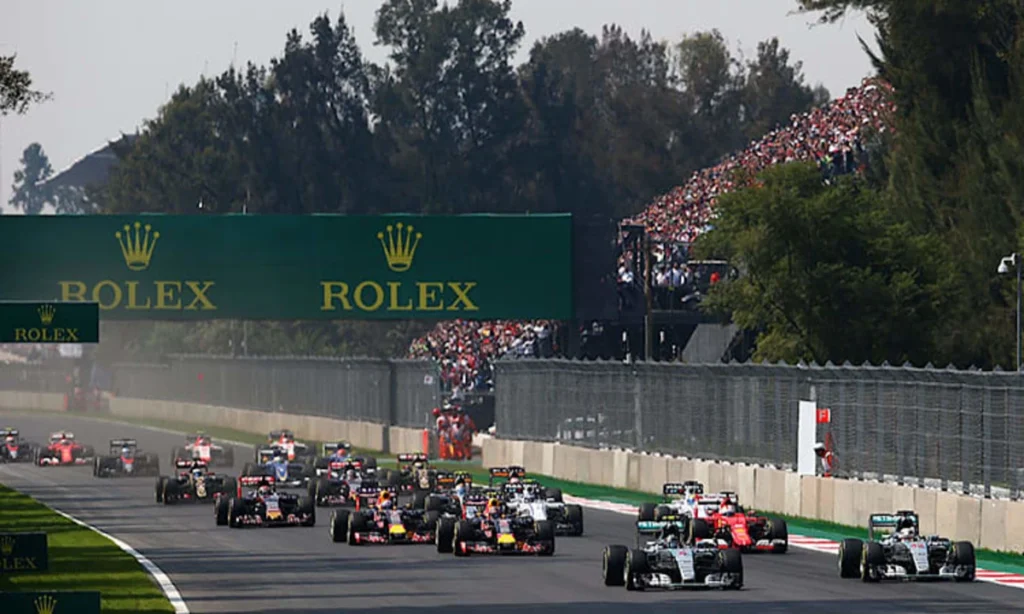
It made a comeback in 2015 at a renovated Autódromo Hermanos Rodríguez. The track featured a new layout that bypassed half of the Peraltada corner. It then went through a baseball stadium on the infield.
The race moved to a later date in the season, usually in October or November.
In the current era the race has been dominated by Red Bull. They have won four out of six races since 2015.
Max Verstappen has won four times in 2017, 2018, 2020 and 2021. Lewis Hamilton has only won once in 2016 and clinched his fourth and fifth championships there.
The race has also seen some spectacular overtakes, such as Daniel Ricciardo’s move on Valtteri Bottas in 2017 and Sergio Pérez’s pass on Charles Leclerc in 2021.
The Mexican Grand Prix is a race that celebrates the history and culture of Mexico, as well as the passion and enthusiasm of its fans.
It is a race that tests the skills and endurance of the drivers and teams, as well as the performance and reliability of the cars. It is a race that offers excitement and drama, as well as surprises and upsets.
Which F1 Teams Will be in The Mexican Grand Prix?
All ten of the F1 teams will be present in Japanese GP. Everyone expects Max Verstappen to continue his dominance during the event at the Mexican Grand Prix.
Most teams have already waved the white flag at Red Bull and now are concentrating on the race that really matters to them. That means they are concentrating on their pier teams that have similar results.
This means that the newly fired up Mercedes F1 team is focusing on competing with Aston Martin, Ferrari and McLaren (who’s upgrades seem to be adding new life to the car.)
Although after a series of own goals in 2023 Ferrari is beginning to look like it belongs at the middle of the pack.
Behind them we are seeing a fantastic battle developing between Alpine and Alpha Tauri (possible Alfa Romeo as well).
After the race In Austria and Silverstone there seems to be some life from Alex Albon and The Williams Team (time will tell.)
And then there is Haas who is the weakest team so far this year.
The Mexican Grand Prix – Circuit Layout
Read our Indepth analysis of the Mexican Grand Prix Circuit
Where To Watch the Mexican Grand Prix
The circuit has a capacity of around 110,000 spectators, who create an electric atmosphere with their passion and enthusiasm for F1. The Mexican Grand Prix is one of the most popular and festive events on the calendar.
It attracts fans from all over the Americas and beyond.
There are several grandstands to choose from, each offering different views and experiences. In this chapter, we will review the pros and cons of each grandstand and give our verdict on which one is the best.
Mexican Grand Prix – Main Grandstand
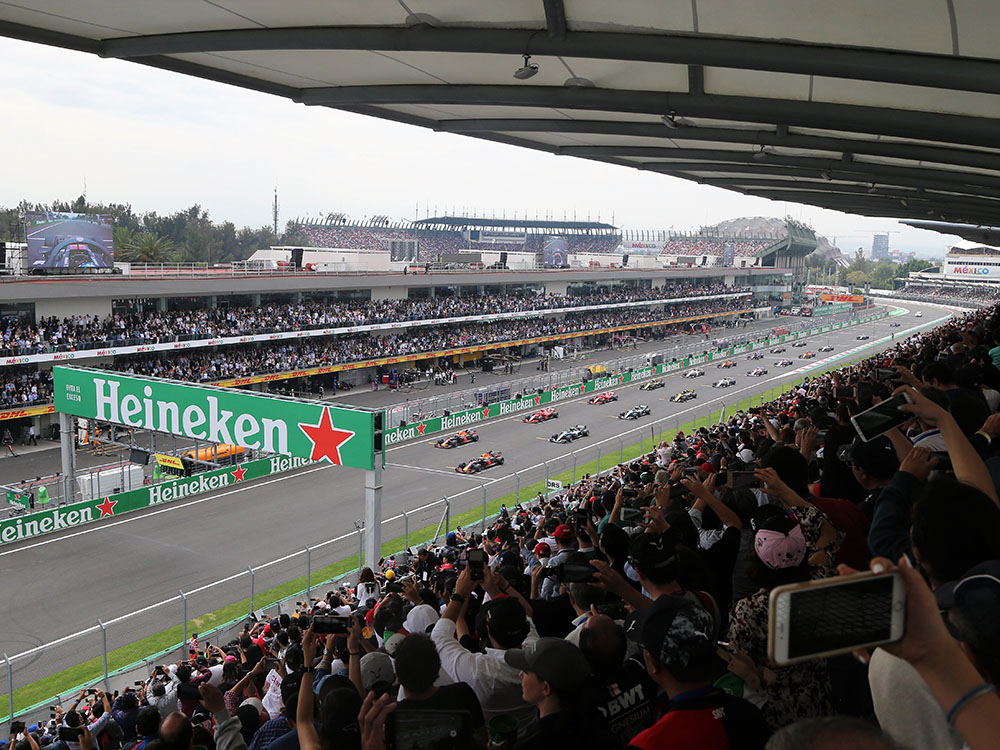
The Main Grandstand is located at the start/finish straight, opposite the pit lane and the podium. It is a large and covered stand that offers excellent views of
- The grid formation
- The race start
- The pit stops
- The finish line.
- You can also see some parts of the first and last corners from this stand.
The Main Grandstand is ideal for fans who want to witness the most crucial moments of the race. these include the start, the pit strategy, and the podium celebration.
You can also enjoy watching the cars accelerate to over 350 km/h on the longest straight of the track.
The downside of this stand is that it does not offer much overtaking action or cornering drama.
You may also miss some of the action happening in other parts of the track, such as the stadium section or the esses.
The Main Grandstand is one of the most expensive tickets at the circuit, but it also comes with some perks, such as access to exclusive areas, food and beverage options, and entertainment facilities.
Mexican Grand Prix – Blue Grandstands
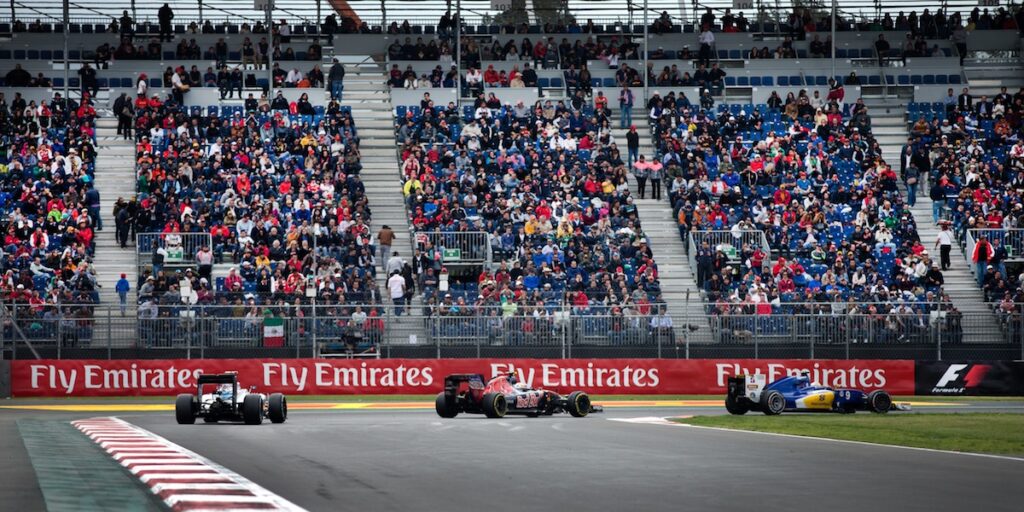
The Blue Grandstands (Grandstands 3-6) are located at the end of the main straight, around turns 1 and 2.
They are uncovered stands that offer great views of one of the best overtaking spots on the track.
You can see cars braking hard from over 350 km/h to around 100 km/h into turn 1. They then accelerate out of turn 2 onto another straight.
The Blue Grandstands are perfect for fans who want to see some wheel-to-wheel action and close battles between drivers.
You can also witness some spectacular moves on lap 1, when all 20 cars try to squeeze into turn 1. Spectators will also catch some glimpses of turns 3-6 from these stands.
The downside of these stands is that they are exposed to the sun and rain, so you may want to bring some protection from the weather. You may also find it hard to follow some of the action happening in other parts of the track.
The Blue Grandstands are moderately priced tickets at the circuit, but they also offer good value for money, as they provide some of the most exciting views of the race.
Mexican Grand Prix – Grandstand 5A
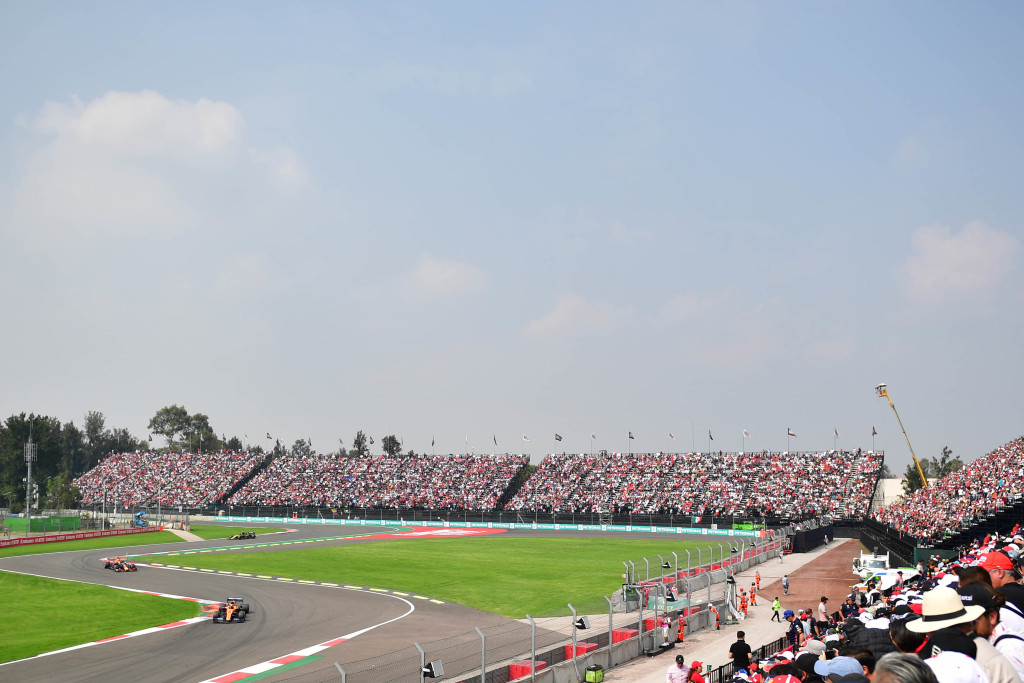
Grandstand 5A is located on the inside of turn 3, opposite to Grandstands 3-6. It is an uncovered stand that offers close-up views of cars exiting turn 2 and entering turn 3.
You can see cars accelerating out of turn 2 and then braking hard into turn 3, where they often try to overtake or defend their position.
Grandstand 5A is ideal for fans who want to see some close racing and passing maneuvers between drivers. You can also enjoy watching cars speed away on another straight after turn 3.
You can also see some parts of turns 1-2 from this stand.
The downside of this stand is that it is exposed to the sun and rain. This means you need sun cream, a hat and other protection if its starts raining.
You may also miss some of the action happening in other parts of the track, such as the stadium section or the last corner.
Grandstand 5A is a moderately priced ticket at the circuit, but it also offers good value for money, as it provides some of the most thrilling views of the race.
Mexican Grand Prix Entrance Tickets
Are you interested in buying tickets for the Mexican Grand Prix?
If so, you have several options to choose from, depending on your budget and preference.
You can buy tickets online from the official F1.Com website or from other authorized retailers. You can also buy tickets from resellers or other fans but be careful of scams and frauds.
There are different types of tickets available for the Mexican Grand Prix, such as
- General Admission
- Grandstand Seats
- Hospitality Packages
- Camping Passes
The prices vary depending on the type of ticket, the location of the seat and the day of the event.
The tickets usually go on sale several months before the Mexican Grand Prix. They tend to sell out fast, especially for popular grandstands and days. Therefore, it is advisable to book your tickets early and compare prices.
Some of the benefits of buying tickets for the Mexican Grand Prix are:
- You can enjoy the thrill and excitement of watching live motorsport. It is one of the most iconic and historic circuits in the world.
- You can witness some of the best drivers and teams in F1 compete for glory.
- You can explore the circuit and its facilities. These include the fan zone, the merchandise stalls, the food and drink outlets and the entertainment shows.
- You can also take part in other activities and events. The Mexican Grand Prix organizes these during the Grand Prix weekend, such as pit walks, autograph sessions, concerts and parties.
For the Circuit of the Americas Grand Prix, you can use this advertisement query to find some options:
Don’t miss this chance to book your tickets now!
How To Get to the Mexican Grand Prix 2023
In this article, we will explain the best ways to travel to Mexico City and to the Autódromo Hermanos Rodríguez, as well as some tips and advice on how to make the most of your trip.
How to get to Mexico City for the Mexican Grand Prix
Mexico City is one of the largest and most populous cities in the world, with over 20 million people living in it.
It is also one of the most accessible and well-connected cities in the Americas. There are plenty of flights, buses, and trains arriving and departing every day.
Flights to the Mexican Grand Prix
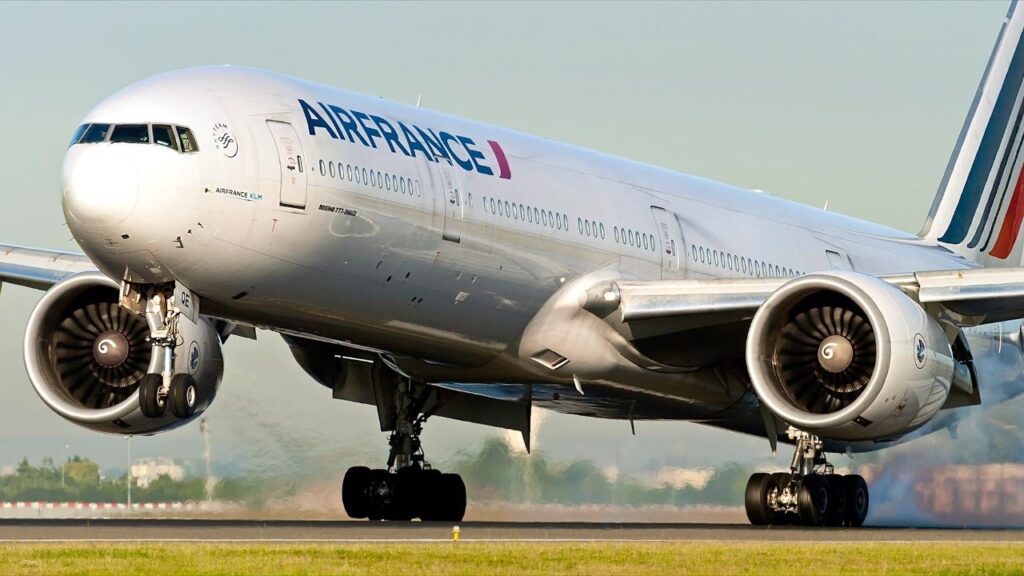
The main airport in Mexico City is the Benito Juárez International Airport (MEX) It is is conveniently located just 10 km east of the Centro Histórico, and only 5 km north of the Autódromo Hermanos Rodríguez.
You can find frequent flights to MEX from most of the major cities in the world. These include
- New York
- London
- Paris
- Tokyo
- Sydney.
Many international airlines fly to MEX daily, including AeroMexico, Air Canada, Air France, American Airlines, British Airways, Delta, KLM, Lufthansa, United Airlines, and more.
Another option is to fly to Toluca International Airport (TLC), which is about 50 km west of Mexico City.
This airport mainly serves low-cost domestic carriers, but it also has some flights from the southern United States. These include Houston, Fort Lauderdale, and San Antonio.
You can find transport connections from TLC to Mexico City easily.
Travel To the Mexican Grand Prix by Bus
Consider taking a bus if you are traveling to Mexico City from the southern United States or from other parts of Mexico or Central America.
There are several bus companies that operate regular services to Mexico City from various destinations.
Some of the most popular ones are listed below.
- Greyhound
- ADO
- Estrella de Oro
- ETN Turistar Lujo
- Primera Plus
- Omnibus de México.
The main bus terminal in Mexico City is Terminal Central de Autobuses del Norte (Central Northern Bus Terminal). It is located about 8 km north of the Centro Histórico.
From there, you can take a metro or a taxi to your hotel or to the Autódromo Hermanos Rodríguez.
Travel To the Mexican Grand Prix by Trains
There are no passenger trains that connect Mexico City with other cities in Mexico or abroad.
There are some tourist trains that operate within Mexico City or nearby regions. Examples if this are lsited below
- Take the Tequila Express train from Guadalajara to Tequila town.
- The Chepe train from Chihuahua to Los Mochis through Copper Canyon.
How to get to Autódromo Hermanos Rodríguez for the Mexican Grand Prix
The Autódromo Hermanos Rodríguez is one of the most centrally located circuits on the Formula 1 calendar. It is situated in the Magdalena Mixhuca Sports City park in eastern central Mexico City.
Depending on where you are staying and how energetic you feel, you could even walk to the track – it is only about 5 km away from the Centro Histórico.
However, if you prefer to use public transport or a taxi, there are several options available. Here are some of the best ways to get to the Autódromo Hermanos Rodríguez for the Mexican Grand Prix:
Get To the Mexican Grand Prix by Metro
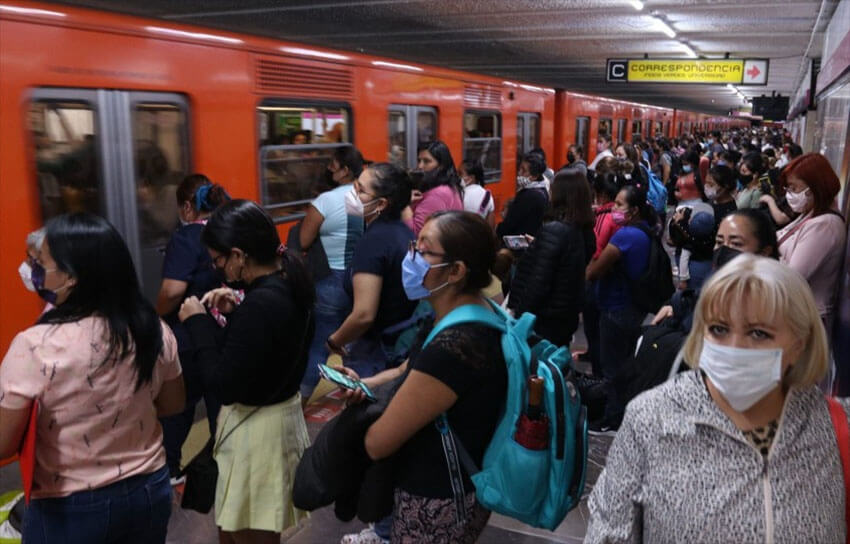
The metro is the cheapest and fastest way to get to the circuit from anywhere in the city. The metro system in Mexico City is extensive, efficient, and easy to use.
A single ticket costs only 5 pesos (about $0.25) and you can use it on any line or station. You can also buy a rechargeable card for 10 pesos (about $0.50) and load it with credit for multiple trips.
The closest metro station to the circuit is Ciudad Deportiva on line 9 (brown. This is right next to gate 9 of the track.
You can also use Velodromo station on line 9, which is near gate 8, or Puebla station on line A (purple), which is near gate 7.
To access the other gates of the track, you may need to take a metrobus or a taxi from the metro station.
Get To the Mexican Grand Prix by Metrobus
The metrobus is a bus system that uses dedicated lanes on major routes in the city. It is faster and more comfortable than regular buses, but also more expensive.
A single ticket costs 6 pesos (about $0.30) and you need to buy a rechargeable card for 16 pesos (about %0.80) to use it.
The closest metrobus station to the circuit is UPIICSA on line 2 (red), which is near gate 13. You can also use Iztacalco station on line 2, which is near gate 14, or El Rodeo station on line 2, which is near gate 16.
To access the other gates of the track, you may need to take a metro or a taxi from the metrobus station.
Get To the Mexican Grand Prix by Taxi
Taking a taxi is another option to get to the circuit. They work well if you are traveling with a group of friends or if you want to avoid the crowds on public transport.
Taxis can be more expensive and less reliable than other modes of transport, depending on the traffic and the driver.
There are two types of taxis in Mexico City: official taxis and unofficial taxis.
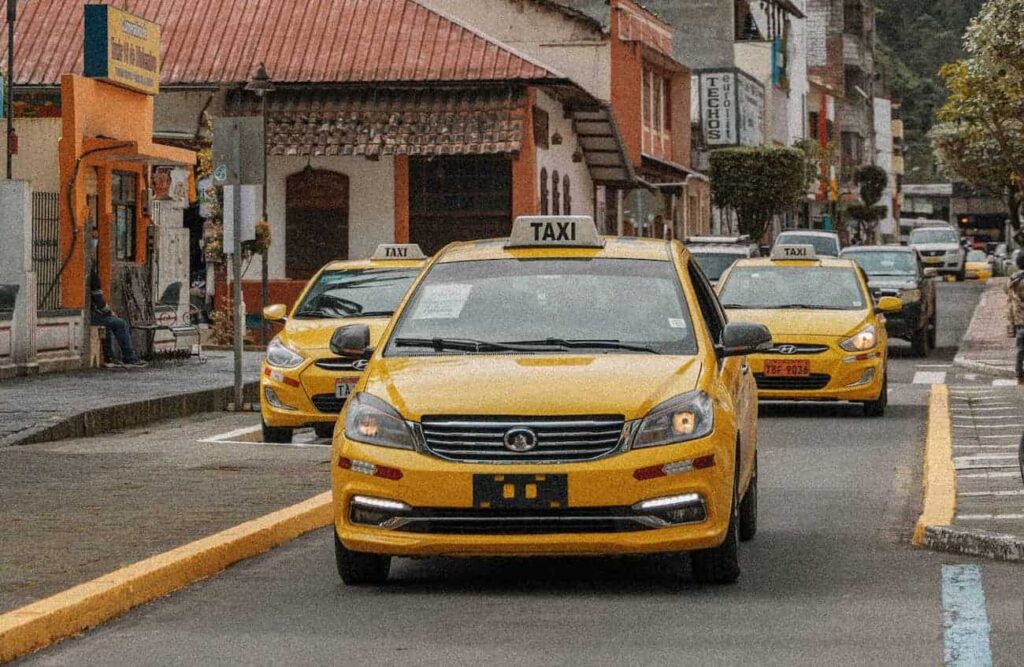
- Official taxis are white and yellow with black airplane logos on their doors. You can find them at designated taxi ranks or book them in advance.
- Unofficial taxis are any other color, and you can hail them on the street or call them by phone.
Official taxis are safer and more regulated than unofficial taxis, but also more expensive.
The price of a taxi ride depends on the distance, the time of day, and the type of taxi. You can expect to pay between 100 and 300 pesos (about $5 to $15) for a ride from the Centro Histórico to the circuit.
You can also negotiate the price with the driver before getting in or use a taxi meter or an app to avoid being overcharged.
Get To the Mexican Grand Prix by Uber
Uber is another alternative to get to the circuit, especially if you have a smartphone and an internet connection.
Uber is usually cheaper and more convenient than taxis. You can book your ride online, track your driver, and pay by credit card.
Uber also offers different types of vehicles, such as UberX, UberXL, UberBlack, or UberSUV.
The price of an Uber ride depends on the demand, the time of day, and the type of vehicle. You can expect to pay between 80 and 250 pesos (about $4 to $12) for a ride from the Centro Histórico to the circuit.
You can also use the Uber app to estimate the price before booking your ride.
Tips and advice for getting to the Mexican Grand Prix
Here are some tips and advice to help you get to the Mexican Grand Prix smoothly and safely:
- Plan your route in advance and check the traffic conditions before leaving your hotel or home. Mexico City is notorious for its traffic jams, especially during peak hours and special events. You may want to leave early or use public transport to avoid delays and frustration.
- Be aware of your surroundings and keep your valuables secure when using public transport or walking on the street. Mexico City is generally safe for tourists, but it also has some areas that are best avoided or visited with caution. You may want to use a money belt, a backpack lock, or a travel insurance to protect yourself from pickpockets or thieves.
- Follow the signs and instructions at the circuit and respect the security measures and staff. The Autódromo Hermanos Rodríguez is divided into color-coded zones and you have to enter through the correct gate to access your zone. You cannot walk through another zone to get there. You also have to go through metal detectors and bag checks before entering the circuit.
- Bring some protection from the weather and some snacks and drinks with you. The weather in Mexico City can be unpredictable, so you may want to bring a hat, sunglasses, sunscreen, raincoat, or umbrella with you. You may also want to bring some snacks and drinks with you, as the food and beverage options at the circuit can be limited or expensive.
Accommodation Options for the Mexican Grand Prix
Mexico City has over 300 neighborhoods to choose from, but we recommend sticking to the central areas that are close to the Autodromo Hermanos Rodriguez, the circuit where the race takes place. Here are some of the best districts and hotels to consider for your trip:
Centro Historico
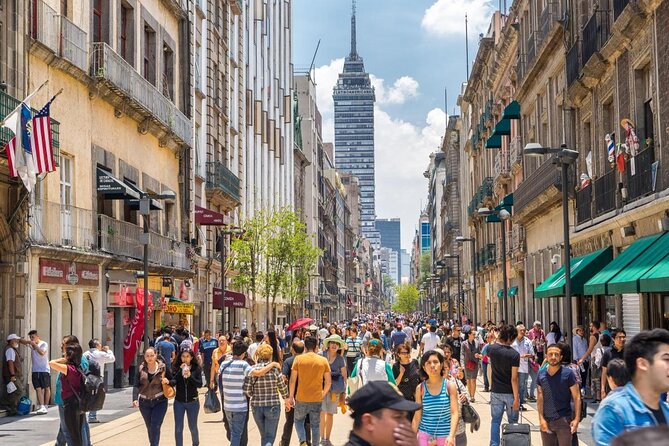
The historic center of Mexico City is packed with cultural attractions, such as the Zocalo square, the Metropolitan Cathedral, and the National Palace.
It is also home to a wide range of hotels, from budget hostels to luxury chains. Staying in Centro Historico will allow you to experience the rich history and heritage of the city, as well as enjoy the local cuisine and markets.
Some of the best hotels in Centro Historico are:
- NH Collection México City Centro Histórico: A mid-priced hotel with excellent facilities and a terrace, located in the heart of the center
- Umbral, Curio Collection by Hilton: A luxury hotel with a rooftop swimming pool and easy access to the subway, ideal for exploring the city
- Casa Pepe Hostel Boutique – CDMX: A budget-friendly hostel with private bathrooms, closets, and a community atmosphere
To get to the circuit from Centro Historico, you can take the metro from Zócalo/tenochtitlan to Ciudad Deportiva, which will take you around 25 minutes.
Roma
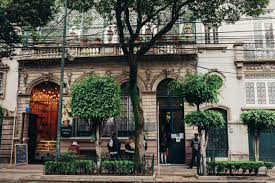
Roma is the hipster center of Mexico City, where you can find trendy cafes, bars, restaurants, and art galleries. It is a laid-back and fashionable district that attracts young and creative people. Roma has a unique charm and personality that will make you feel at home.
Some of the best hotels in Roma are:
- La Valise Hotel: A boutique hotel with spacious and stylish rooms, each with a different theme and design.
- Hotel MX Roma: A modern hotel with a rooftop terrace and garden, offering comfortable and cozy rooms.
- Hostel Home: A cozy and friendly hostel with a communal kitchen, lounge, and patio, perfect for meeting other travelers.
To get to the circuit from Roma, you can take the metrobus from Durango to Velodromo, which will take you around 30 minutes.
Polanco
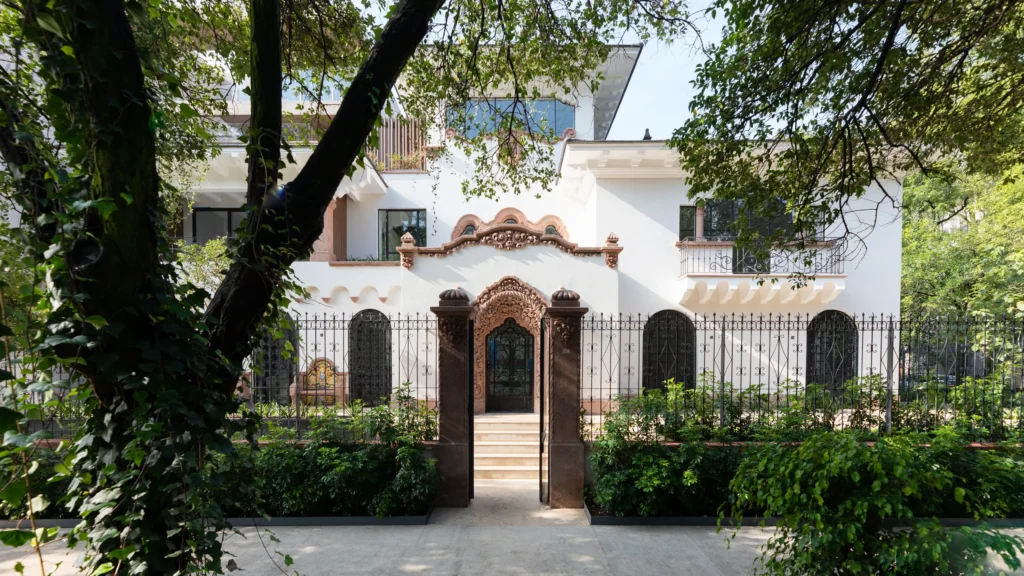
Polanco is one of the most upscale and elegant districts in Mexico City, where you can find luxury hotels, high-end shops, fine dining restaurants, and museums. It is a safe and sophisticated area that offers a taste of the cosmopolitan side of the city.
Some of the best hotels in Polanco are:
- W Mexico City: A chic and contemporary hotel with a spa, a fitness center, and a nightclub, located in the heart of Polanco.
- Hyatt Regency Mexico City: A classy and spacious hotel with an indoor pool, a tennis court, and three restaurants, overlooking Chapultepec Park.
- Suites Obelisk: A cozy and affordable hotel with kitchenettes, balconies, and a gym, close to several attractions.
To get to the circuit from Polanco, you can take the metro from Polanco to Pantitlan, then change to line 9 and get off at Ciudad Deportiva, which will take you around 45 minutes.
Other Activities to Enjoy While You Visit The Mexican Grand Prix
Here are some other activities you can enjoy while you visit the capital of Mexico:
Salsa lessons in Parque Mexico
Learn some moves from local instructors and dance with the locals in this beautiful park in the Condesa neighborhood.
Tour the Frida Kahlo Museum
Explore the life and art of one of Mexico’s most iconic artists in her former home, also known as the Blue House, in Coyoacán.
Sail through Xochimilco, the “Venice” of Mexico
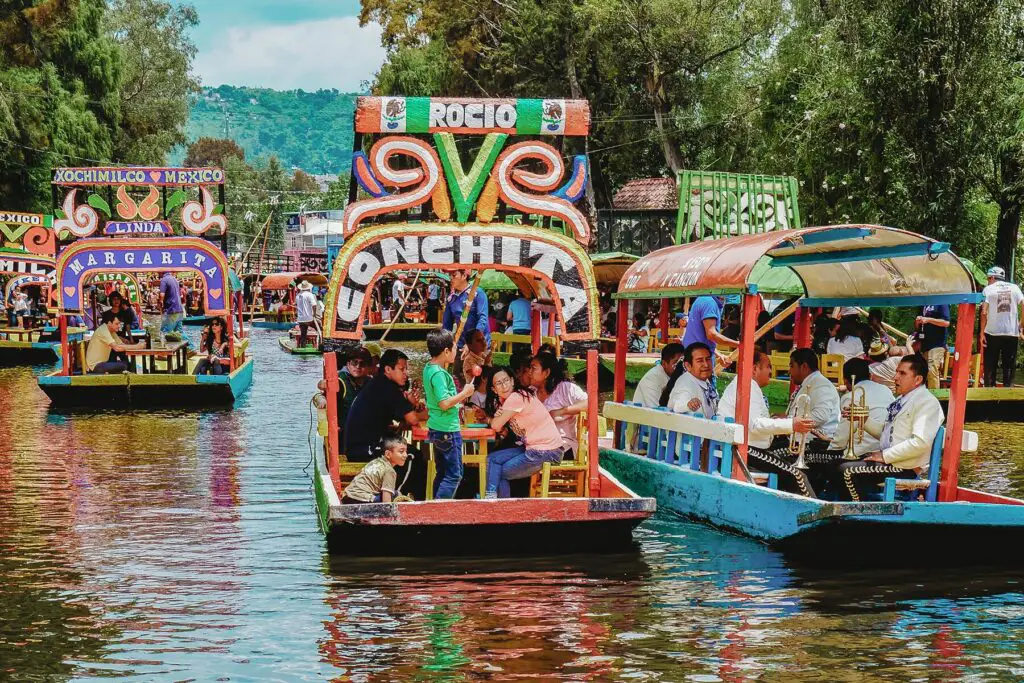
Hop on a colorful boat called a trajinera and cruise along the canals of this UNESCO World Heritage Site, where you can enjoy music, food and drinks.
See a Lucha Libre show live
Experience the spectacle of Mexican wrestling at the Arena México, where masked fighters perform acrobatic moves and entertain the crowd with their antics.
Visit the Palacio de Bellas Artes
Admire the stunning architecture and murals of this cultural center, which hosts concerts, ballets, operas and exhibitions.
Museo del Templo Mayor

Discover the ruins of an ancient Aztec temple that was unearthed in the heart of the city and learn about the history and culture of this pre-Hispanic civilization.

